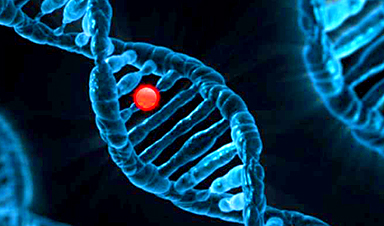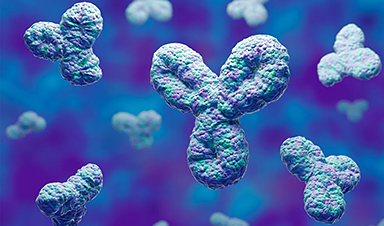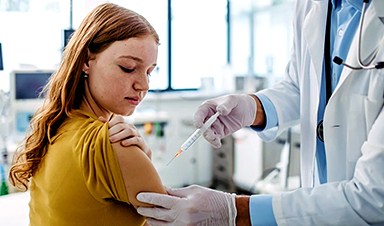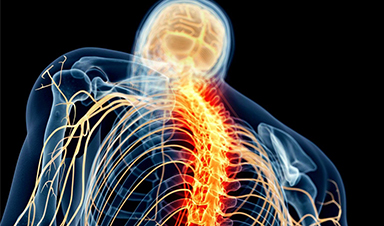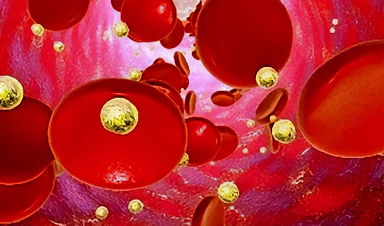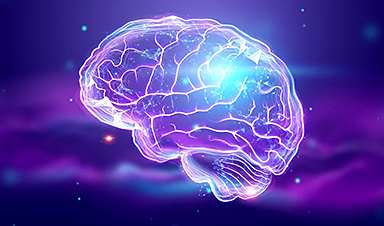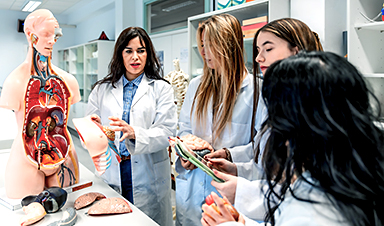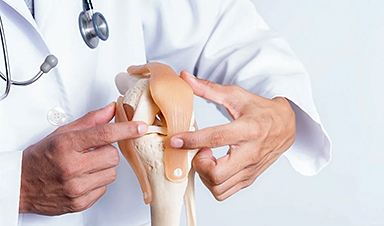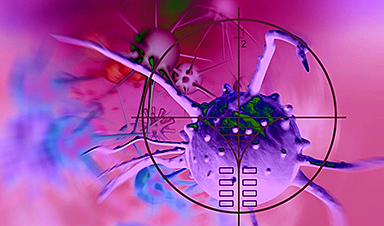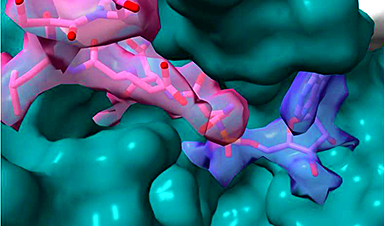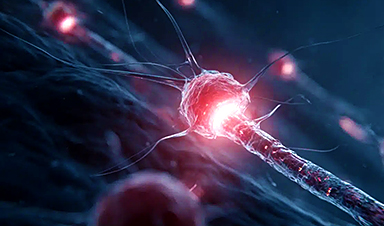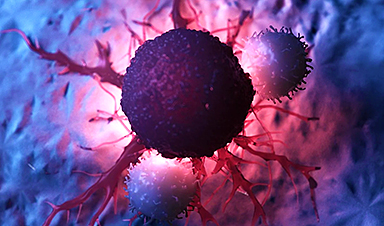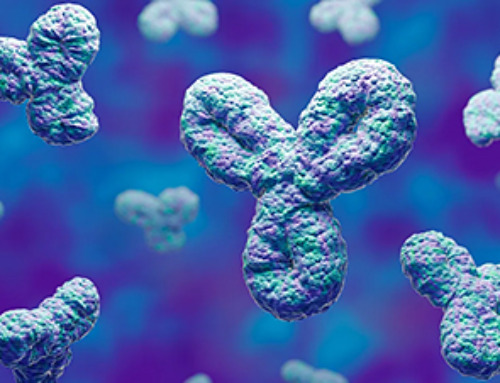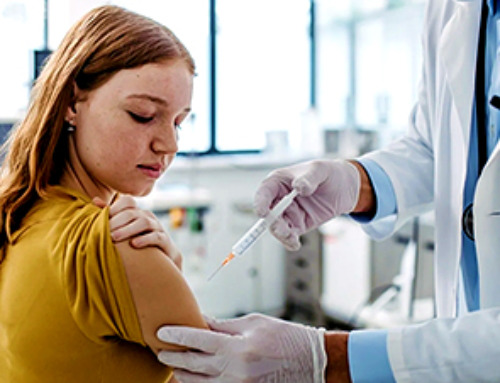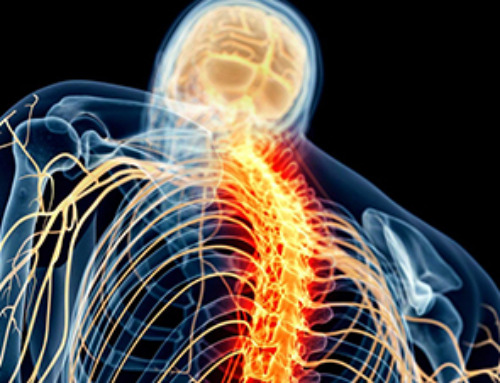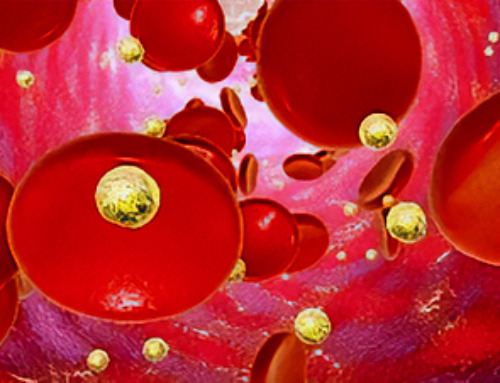A University of Michigan-led study based on a review of genetic and health information from more than 276,000 people finds strong support for a decades-old evolutionary theory that sought to explain aging and senescence.
Williams’ idea, now known as the antagonistic pleiotropy theory of aging, remains the prevailing evolutionary explanation of senescence, the process of becoming old or aging. While the theory is supported by individual case studies, it has lacked unambiguous genome-wide evidence.
In the study published in Science Advances, U-M evolutionary biologist Jianzhi Zhang and a Chinese colleague tested the Williams hypothesis using genetic, reproductive and death-registry information from 276,406 participants in the United Kingdom’s Biobank database.
They found reproduction and lifespan to be genetically strongly negatively correlated, meaning that genetic mutations that promote reproduction tend to shorten lifespan.
In addition, individuals carrying mutations that predispose them to relatively high reproductive rates have lower probabilities of living to age 76 than those carrying mutations that predispose them to relatively low reproductive rates, according to the study.
However, the authors caution that reproduction and lifespan are affected by both genes and the environment. And compared with environmental factors—including the impacts of contraception and abortion on reproduction and medical advances on lifespan—the genetic factors discussed in the study play a relatively minor role, according to the authors.
“These results provide strong support for the Williams hypothesis that aging arises as a byproduct of natural selection for earlier and more reproduction. Natural selection cares little about how long we live after the completion of reproduction, because our fitness is largely set by the end of reproduction,” said Zhang, the Marshall W. Nirenberg Collegiate Professor in the U-M Department of Ecology and Evolutionary Biology.
Fitness is a concept biologists use to describe the degree to which an organism’s characteristics increase its number of offspring.
“Interestingly, we found that when you control for the genetically predicted amount and timing of reproduction, having two kids corresponds to the longest lifespan,” Zhang said. “Having fewer or more kids both lower the lifespan.” That result supports the findings of several previous studies.
Zhang’s co-author on the Science Advances paper is Erping Long of the Chinese Academy of Medical Sciences and Peking Union Medical College. Long was a visiting student at U-M when the study began.
In genetics, the concept of pleiotropy posits that a single mutation can influence multiple traits. The idea that the same mutation can be both beneficial and harmful, depending on the situation, is known as antagonistic pleiotropy and was proposed by Williams to underlie the origin of aging in a paper titled “Pleiotropy, natural selection, and the evolution of senescence.”
To a biologist, senescence refers specifically to a gradual decline of bodily functions that manifests as a decline in reproductive performance and an increase in the death rate with age.
The U.K.’s Biobank database enabled Zhang and Long to assess the genetic relationship between reproduction and lifespan at the genomic scale.
The researchers examined the frequency of 583 reproduction-associated genetic variants in the database and found that several of the variants associated with higher reproduction have become more common in recent decades, despite their simultaneous associations with shorter lifespan. The increased frequency of the variants is presumably a result of natural selection for higher reproduction.
“The antagonistic pleiotropy hypothesis predicts that most mutations that increase reproduction but reduce lifespan have larger fitness advantages than disadvantages so are selectively favored,” Zhang said.
Even so, human life expectancy, birth rate and reproductive behavior have all changed drastically in the last few decades. Specifically, more than half of humans live in areas of the world where birth rates have declined, along with increased incidences of contraception, abortion and reproductive disorder, according to the new study.
Global human life expectancy at birth, on the other hand, has steadily increased from 46.5 years in 1950 to 72.8 years in 2019.
“These trends are primarily driven by substantial environmental shifts, including changes in lifestyles and technologies, and are opposite to the changes caused by natural selection of the genetic variants identified in this study,” Zhang said.
“This contrast indicates that, compared with environmental factors, genetic factors play a minor role in the human phenotypic changes studied here.”
More information: Erping Long et al, Evidence for the role of selection for reproductively advantageous alleles in human aging, Science Advances (2023). DOI: 10.1126/sciadv.adh4990. www.science.org/doi/10.1126/sciadv.adh4990
Journal information: Science Advances
News
Specially engineered antibody delivers RNA therapy to treatment-resistant tumors
Elias Quijano, PhD; Diana Martinez-Saucedo, PhD; Zaira Ianniello, PhD; and Natasha Pinto-Medici, PhD, there are 25 other contributors, most from Yale's Department of Therapeutic Radiology and from the departments of genetics, molecular biophysics and [...]
Vaccinated women face fewer cervical cancer risks
New data from Denmark shows the HPV vaccine’s powerful long-term impact, while also revealing why cervical cancer screening is still essential. A Danish study published in the journal Eurosurveillance reports that women who received the human [...]
3D-printed implant offers a potential new route to repair spinal cord injuries
A research team at RCSI University of Medicine and Health Sciences has developed a 3-D printed implant to deliver electrical stimulation to injured areas of the spinal cord, offering a potential new route to [...]
Nanocrystals Carrying Radioisotopes Offer New Hope for Cancer Treatment
The Science Scientists have developed tiny nanocrystal particles made up of isotopes of the elements lanthanum, vanadium, and oxygen for use in treating cancer. These crystals are smaller than many microbes and can carry isotopes of [...]
New Once-a-Week Shot Promises Life-Changing Relief for Parkinson’s Patients
A once-a-week shot from Australian scientists could spare people with Parkinson’s the grind of taking pills several times a day. The tiny, biodegradable gel sits under the skin and releases steady doses of two [...]
Weekly injectable drug offers hope for Parkinson’s patients
A new weekly injectable drug could transform the lives of more than eight million people living with Parkinson's disease, potentially replacing the need for multiple daily tablets. Scientists from the University of South Australia [...]
Most Plastic in the Ocean Is Invisible—And Deadly
Nanoplastics—particles smaller than a human hair—can pass through cell walls and enter the food web. New research suggest 27 million metric tons of nanoplastics are spread across just the top layer of the North [...]
Repurposed drugs could calm the immune system’s response to nanomedicine
An international study led by researchers at the University of Colorado Anschutz Medical Campus has identified a promising strategy to enhance the safety of nanomedicines, advanced therapies often used in cancer and vaccine treatments, [...]
Nano-Enhanced Hydrogel Strategies for Cartilage Repair
A recent article in Engineering describes the development of a protein-based nanocomposite hydrogel designed to deliver two therapeutic agents—dexamethasone (Dex) and kartogenin (KGN)—to support cartilage repair. The hydrogel is engineered to modulate immune responses and promote [...]
New Cancer Drug Blocks Tumors Without Debilitating Side Effects
A new drug targets RAS-PI3Kα pathways without harmful side effects. It was developed using high-performance computing and AI. A new cancer drug candidate, developed through a collaboration between Lawrence Livermore National Laboratory (LLNL), BridgeBio Oncology [...]
Scientists Are Pretty Close to Replicating the First Thing That Ever Lived
For 400 million years, a leading hypothesis claims, Earth was an “RNA World,” meaning that life must’ve first replicated from RNA before the arrival of proteins and DNA. Unfortunately, scientists have failed to find [...]
Why ‘Peniaphobia’ Is Exploding Among Young People (And Why We Should Be Concerned)
An insidious illness is taking hold among a growing proportion of young people. Little known to the general public, peniaphobia—the fear of becoming poor—is gaining ground among teens and young adults. Discover the causes [...]
Team finds flawed data in recent study relevant to coronavirus antiviral development
The COVID pandemic illustrated how urgently we need antiviral medications capable of treating coronavirus infections. To aid this effort, researchers quickly homed in on part of SARS-CoV-2's molecular structure known as the NiRAN domain—an [...]
Drug-Coated Neural Implants Reduce Immune Rejection
Summary: A new study shows that coating neural prosthetic implants with the anti-inflammatory drug dexamethasone helps reduce the body’s immune response and scar tissue formation. This strategy enhances the long-term performance and stability of electrodes [...]
Scientists discover cancer-fighting bacteria that ‘soak up’ forever chemicals in the body
A family of healthy bacteria may help 'soak up' toxic forever chemicals in the body, warding off their cancerous effects. Forever chemicals, also known as PFAS (per- and polyfluoroalkyl substances), are toxic chemicals that [...]
Johns Hopkins Researchers Uncover a New Way To Kill Cancer Cells
A new study reveals that blocking ribosomal RNA production rewires cancer cell behavior and could help treat genetically unstable tumors. Researchers at the Johns Hopkins Kimmel Cancer Center and the Department of Radiation Oncology and Molecular [...]
